Submitted by WA Contents
TACO completes this homelike and pinkish workshop studio in a lush green of Yucatan Peninsula
Mexico Architecture News - Sep 03, 2018 - 02:13 17033 views
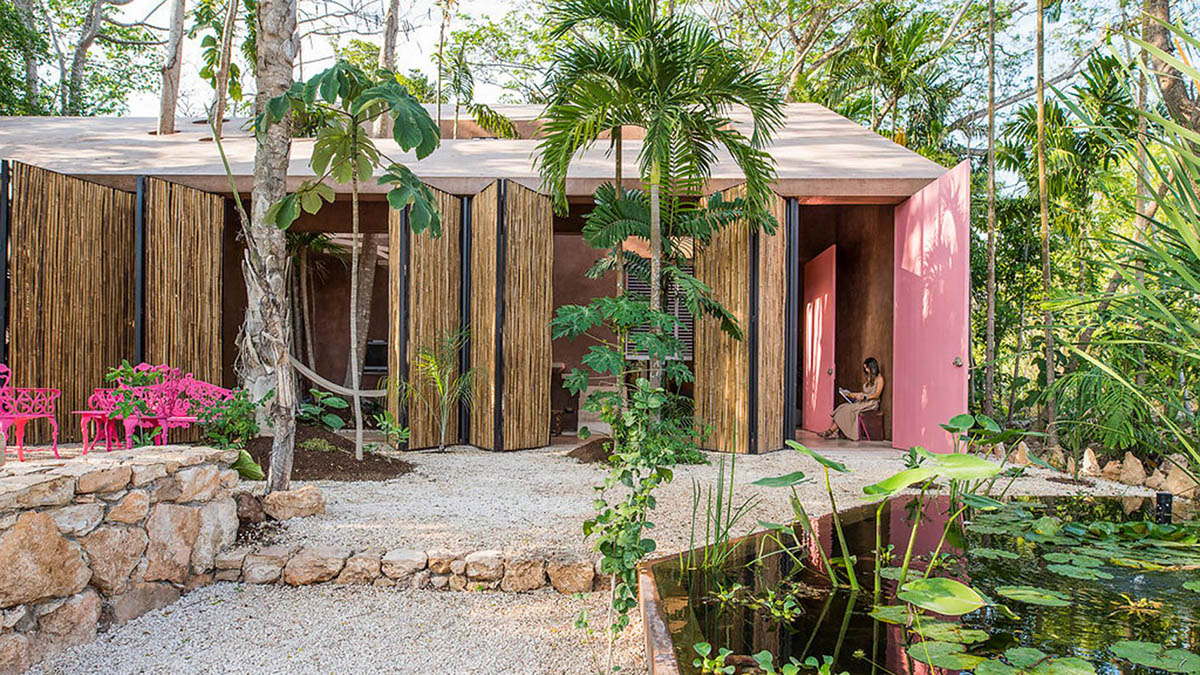
Mexican architecture firm Taller de Arquitectura Contextual (TACO) has completed a workshop studio that exceeds the limits of traditional working environments within a lush green of Mexico's Yucatan Peninsula.
Called Pórtico Palmeto, the studio, located in the heart of Merida - southeast of Mexico, it serves as a multifunctional building with its rich layout, pinkish walls and foldable wooden shutters, making the visitors feel like a homelike space.

Covering a total of 135-square-metre area, the building was designed to help the users to make a sensorial connection with architectural-constructive values promoted by the workshop. Socio-cultural activities are directed by the studio as a secondary activity.
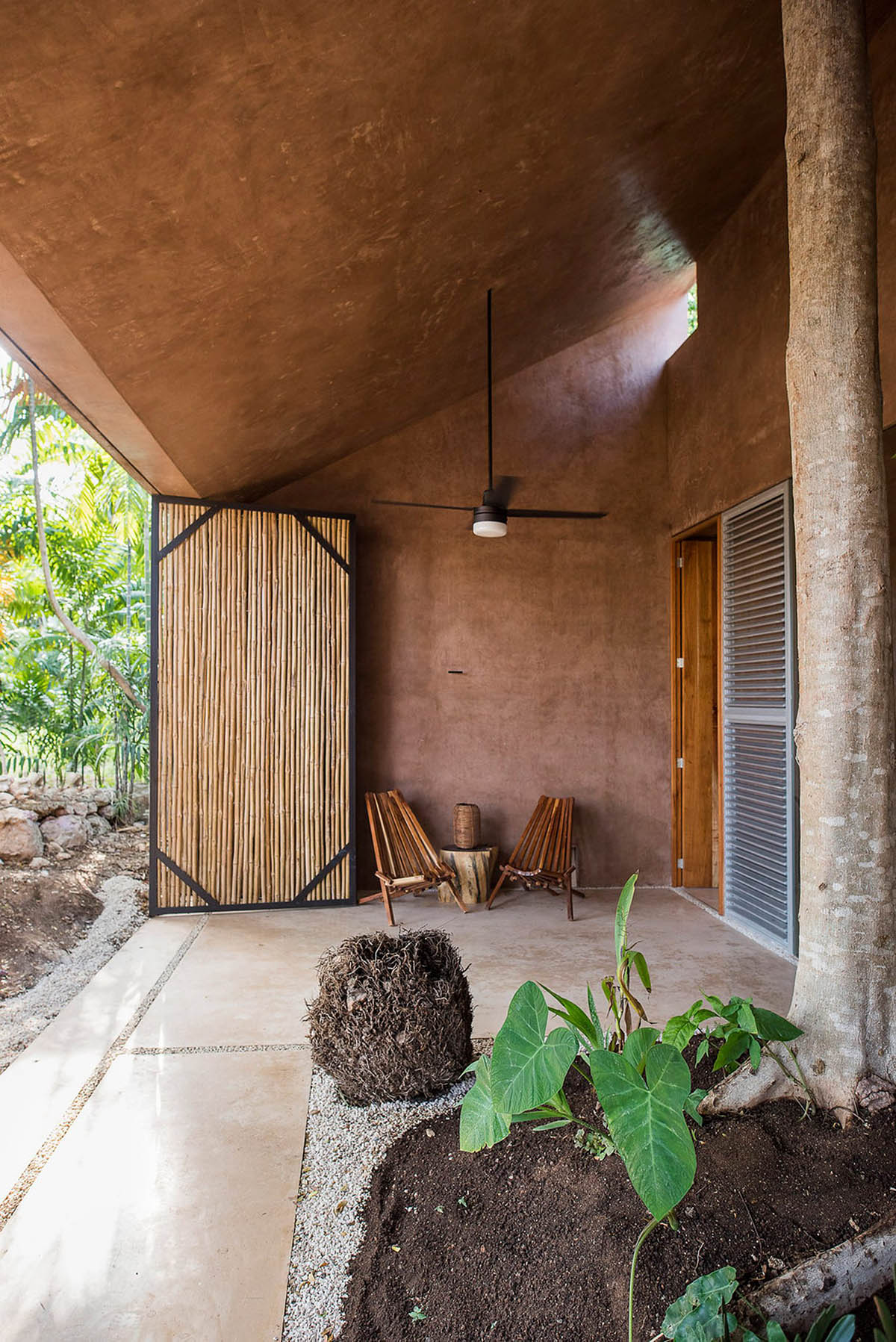
Arranged on a rectangular plan, the architects placed the studio in the main core of the building and wet spaces, meeting rooms or relaxing rooms take place at the back side of the building.
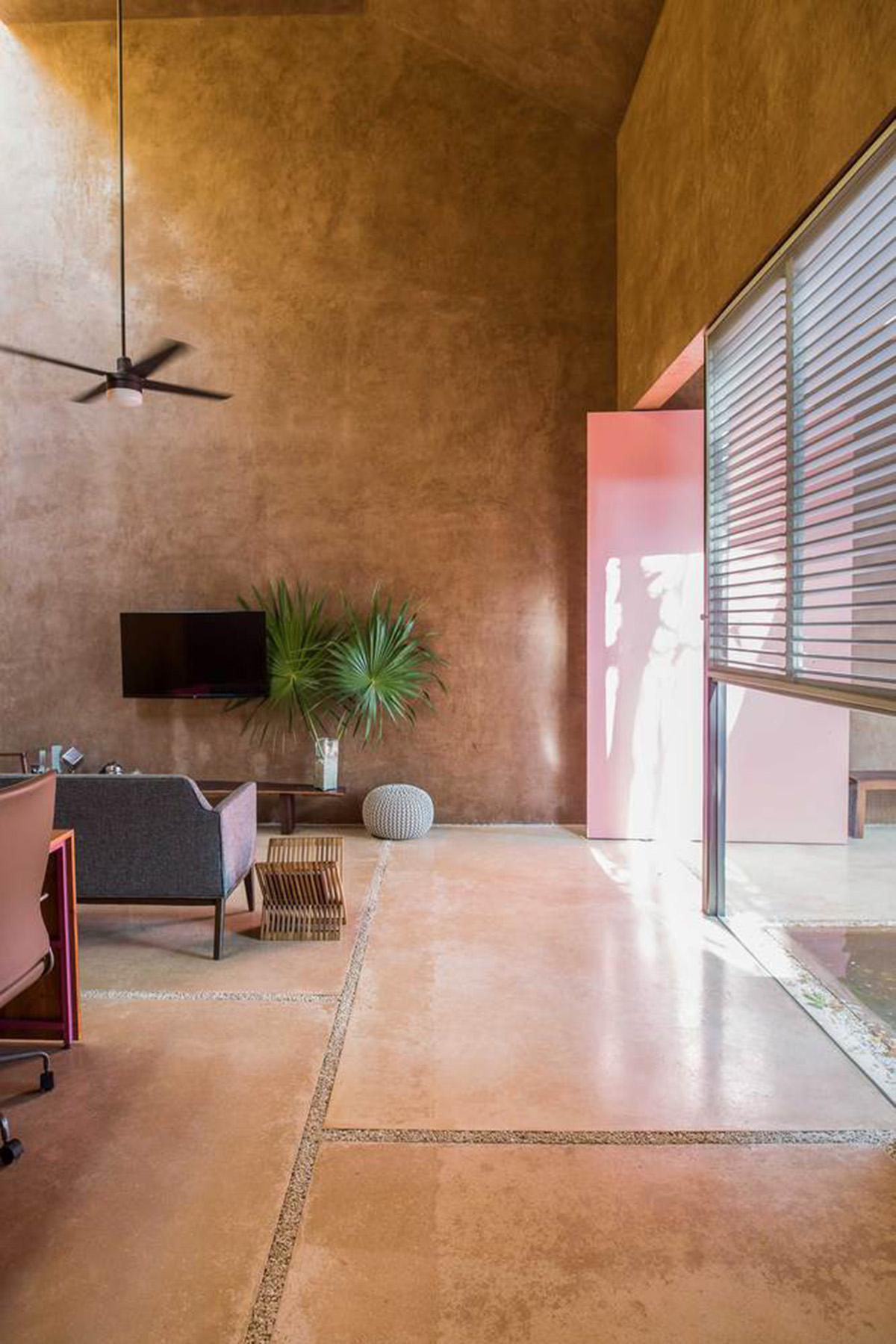
"The general objective was to develop a way of living in contact with a natural and social consolidated environment, at the same time of being a functional, versatile and inspiring building for the activities that would be developed in it," said TACO.

Designed as a welcoming and more domestic space, the architects wanted to make the local people get awared of this local place place where they spend much of their day time.
The program of the building consists of a permeable multifunctional space, a pedestrian path as part of the master plan, a programmed portico with terraces and relaxation areas. Dividing the spaces as public and private areas, the ground floor includes a "living room / meetings room", a kitchenette, a full bathroom, a storage room, a work area, a central patio and an open roof terrace with two half bathrooms and a machine room.

"The construction is located at the back of the land due to functional considerations and progressivity in the master plan of which is a part, and maintains its visibility from the street as a neighborhood security strategy," added the studio.
"Its volumetry is defined from an existing tree survey, as well as from the passive systems it implements (zenith openings for hot air evacuation, orientation based on sunlight, cross ventilation, high ceilings, etc.)."
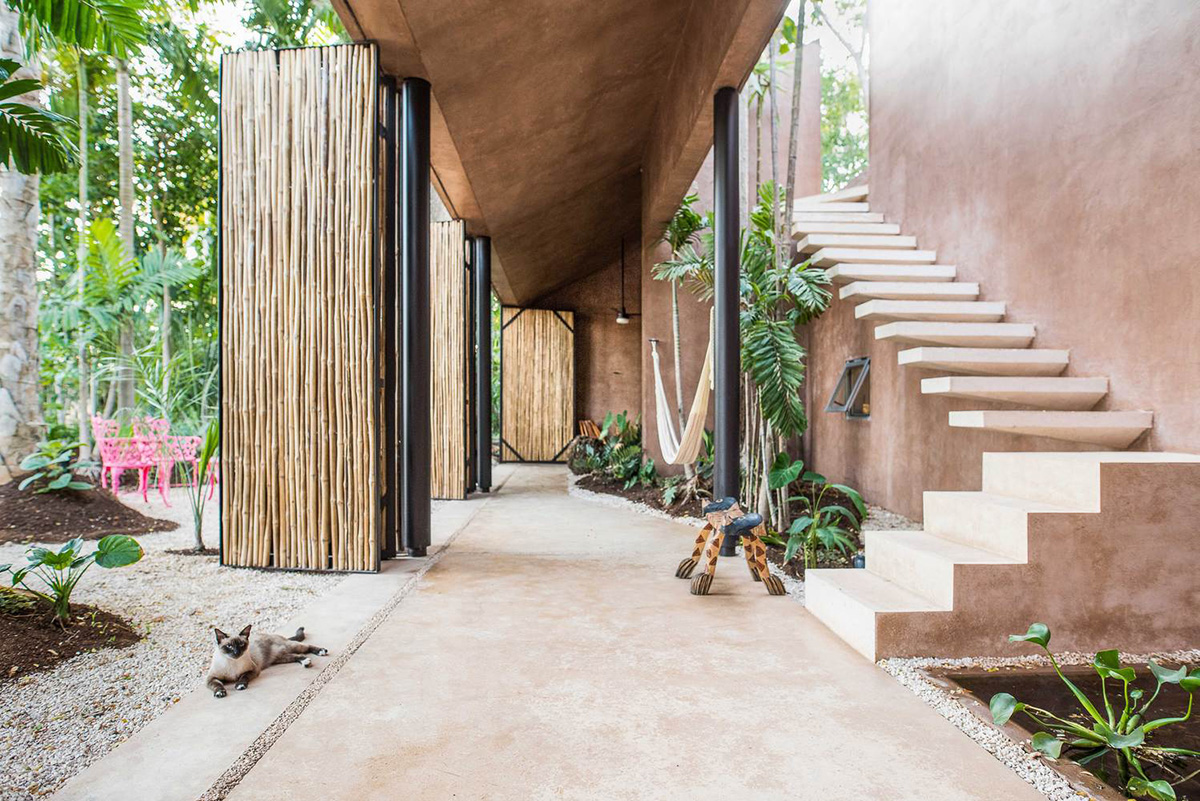
"The portico has a series of deployable bamboo panels produced in the area, which work to control the insolation, the level of privacy and the security of the building against vandalism and hurricanes," the architects continued.
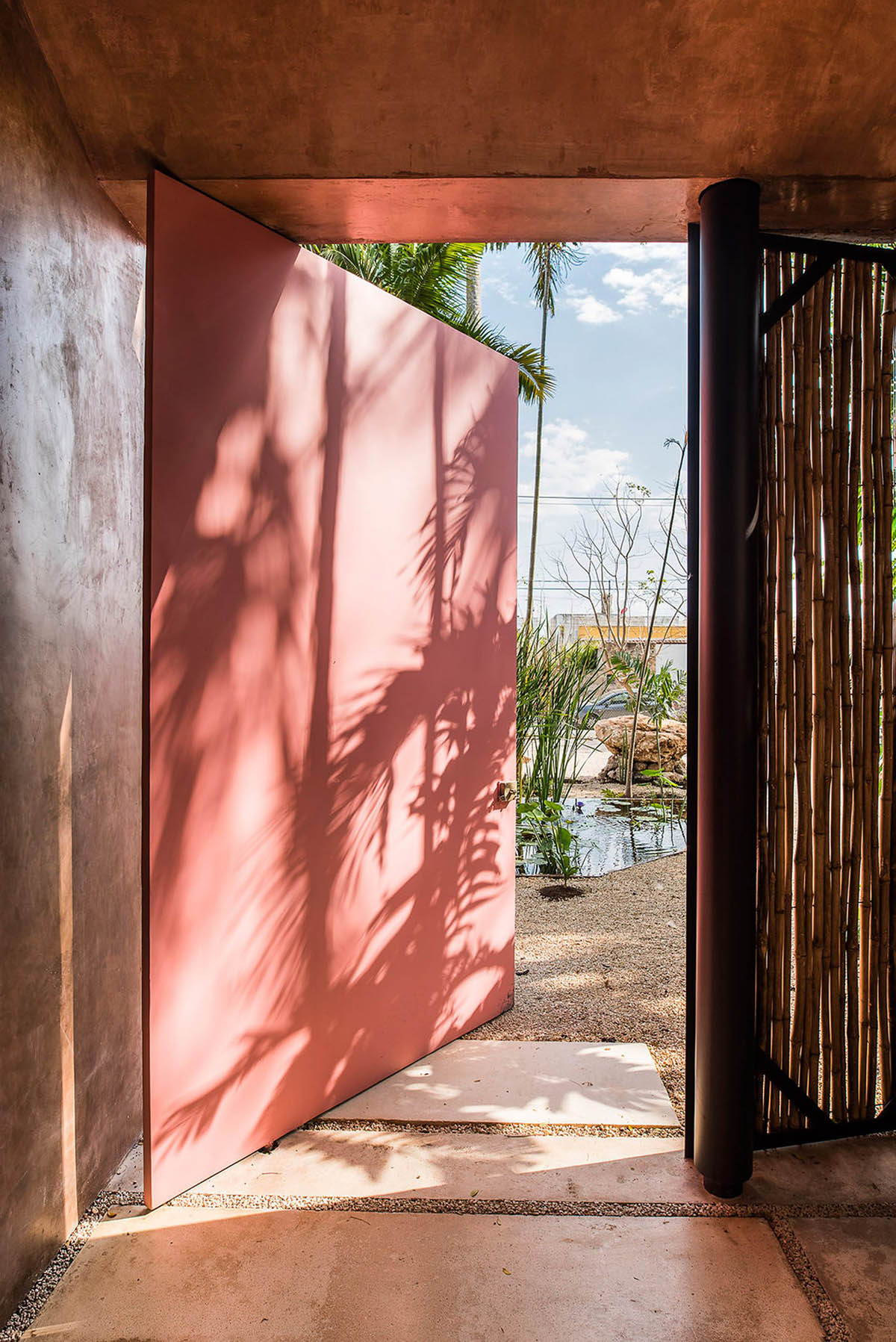
For the construction system, the architects used the most construction system found in the region, based on blocks, joists and cement slabs.
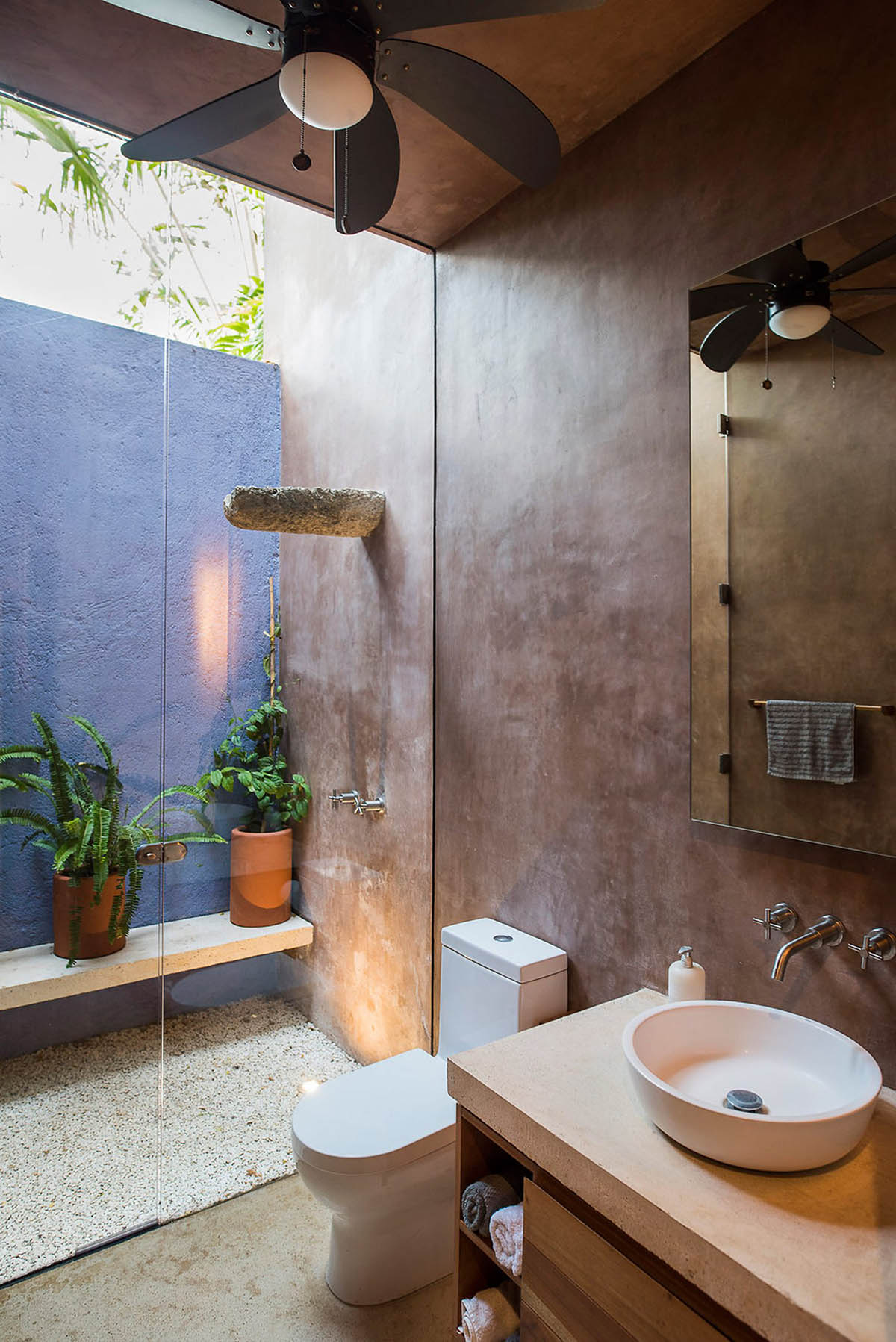
The roof was cast in site with waterproof concrete and is thermally insulated with polystyrene panels. Hydrosanitary facilities separate gray and black waters, which are treated by means of a grease trap and a biodigester, respectively. Lighting is LED and the equipment implement Inverter technology.
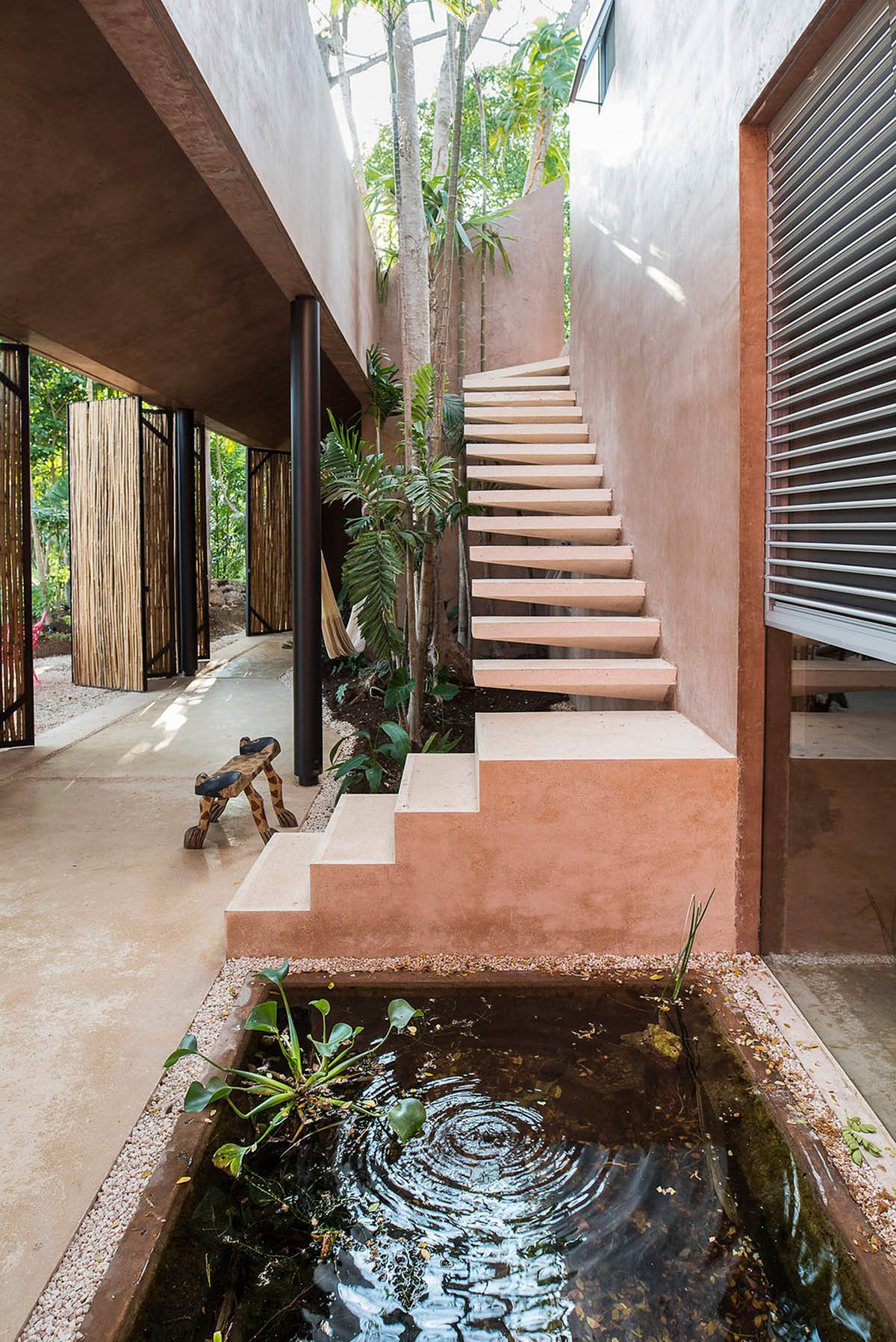
The material choice and the architectural finishes sit at the core of the building to reduce maintenance and durability, apart from its pure aesthetic. The floors are built from white concrete (with echocrete joints to release moisture from the floor), as well as the pre-cast plates on site with which the fixed furniture was assembled.

The walls and ceilings have burnished stucco that was pigmented with the earth tone of the site. The carpentry used hard wood resistant to termites. Windows were made of natural aluminum and tempered glass. All interior spaces consider mosquito nets.
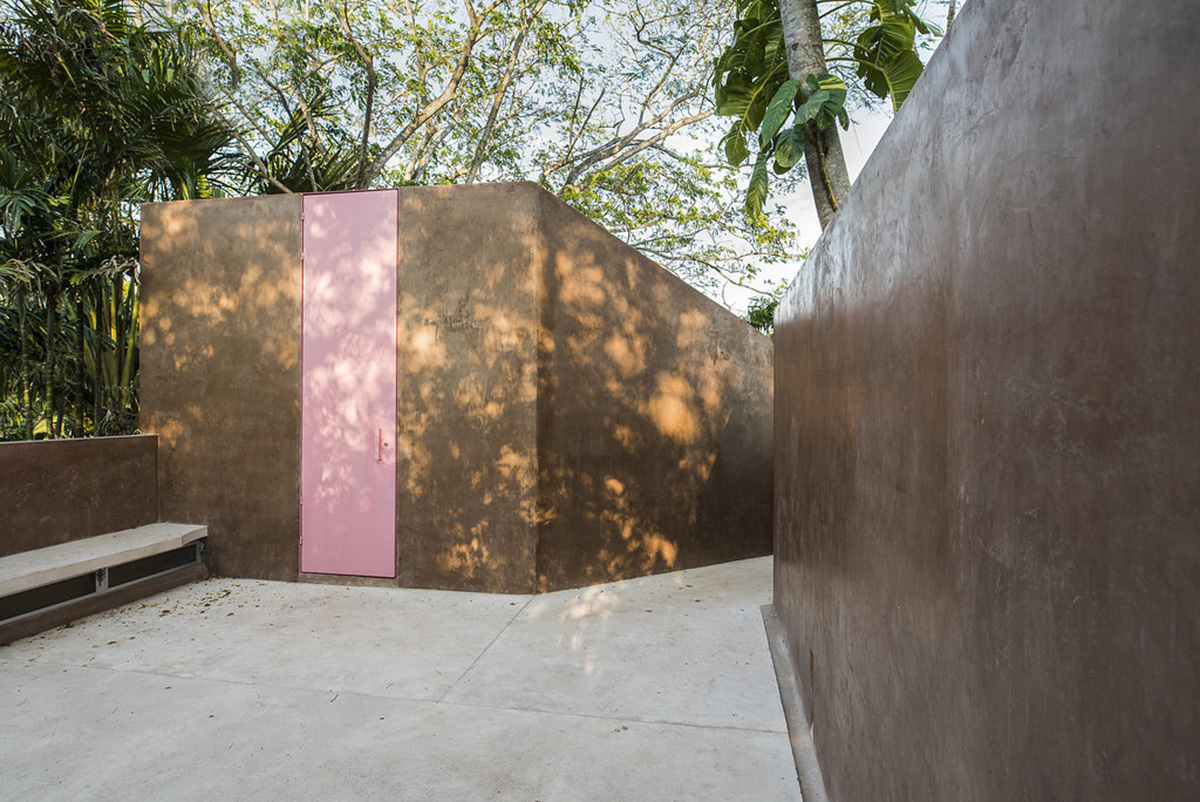
"The colors are perceived in the access thresholds to public areas and also in furniture pieces. These were chosen from site’s popular architecture, as well as by their ability to dialogue with the tones of preexisting vegetation, which was reinforced with endemic species that attract wild birds, aromatic species and species of human consumption present in the traditional "Mayan Solar", added the architects.
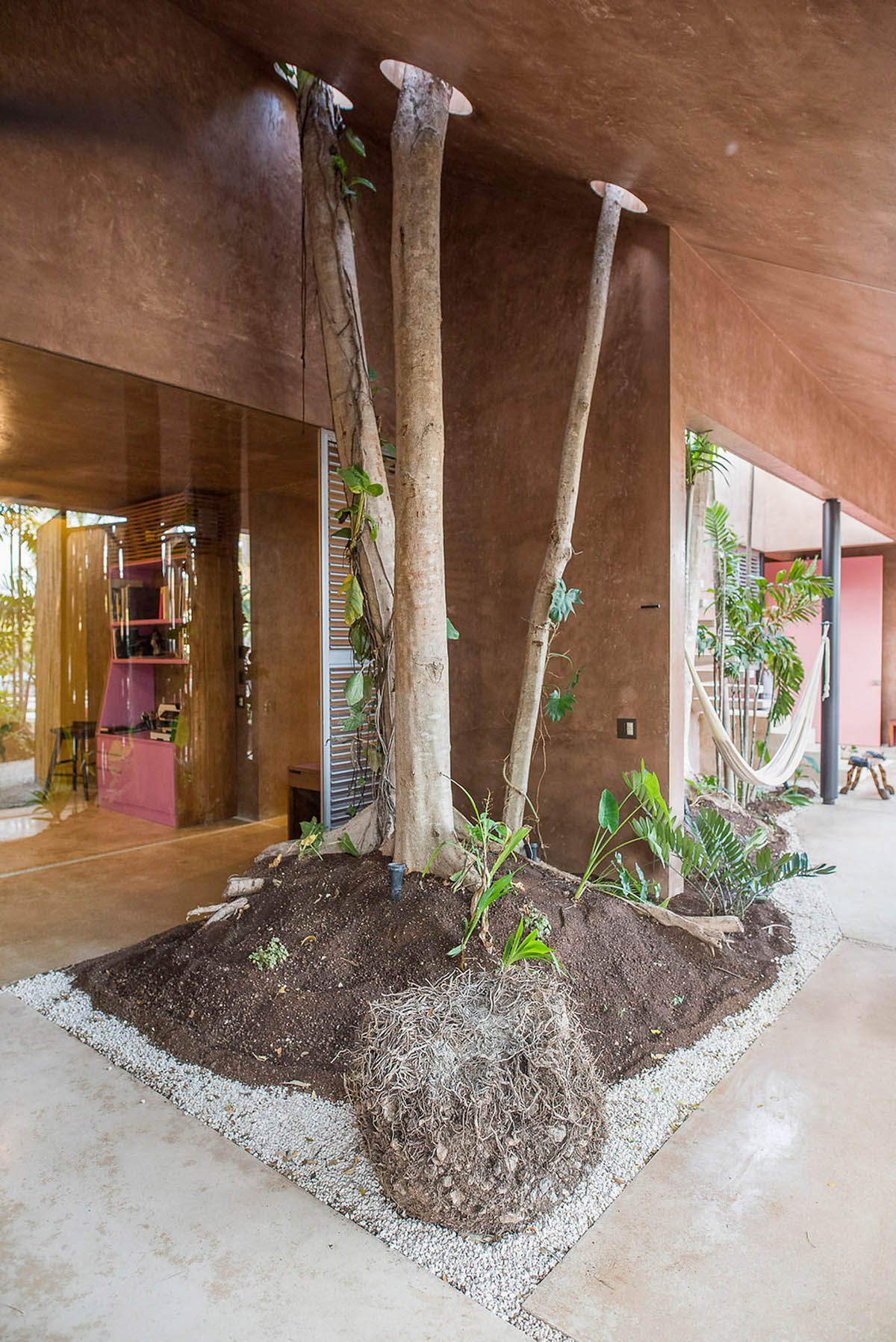
"Likewise, aquatic gardens that function as mosquito controllers and fauna attractants were implemented. These considerations add to the range of intangible sensations that can be perceived in the building."
"Its aspiration is to be a syncretic building capable of abstracting the qualities of a regional architectural heritage that ranges from the coherence of the Mayan vernacular architecture, the sobriety and mysticism of the Franciscan convents and the functionality of the Yucatan haciendas (among others); to reconcile them with the characteristics of the historical moment in which it is situated," continued the studio.

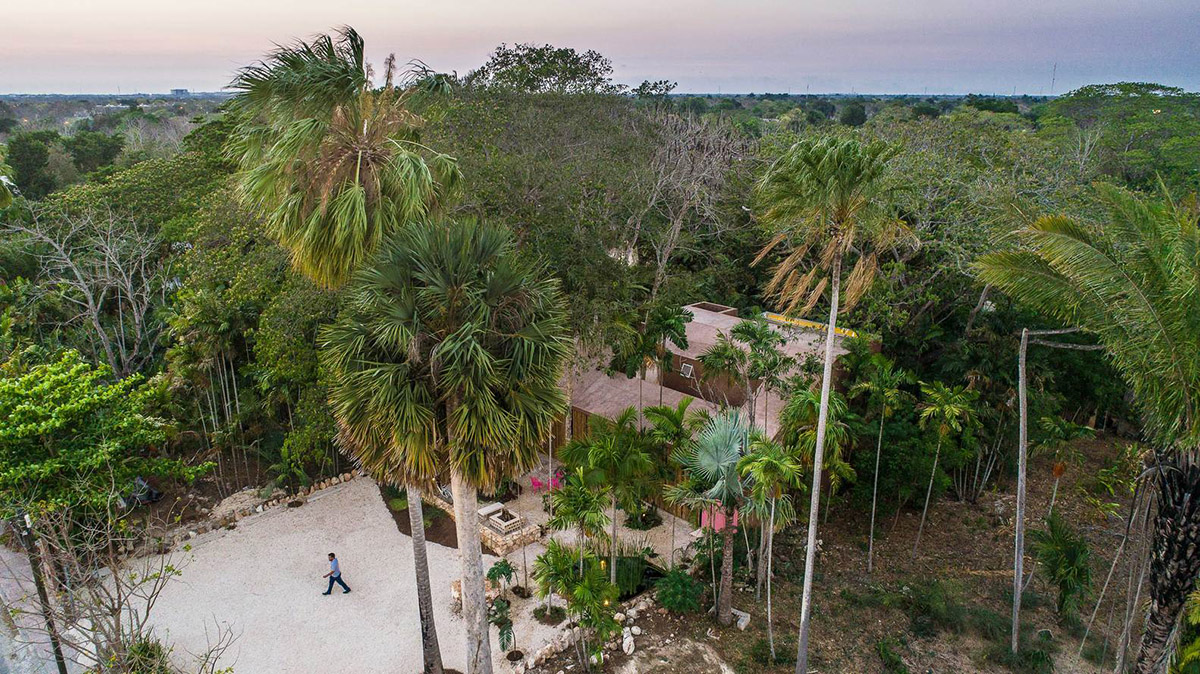
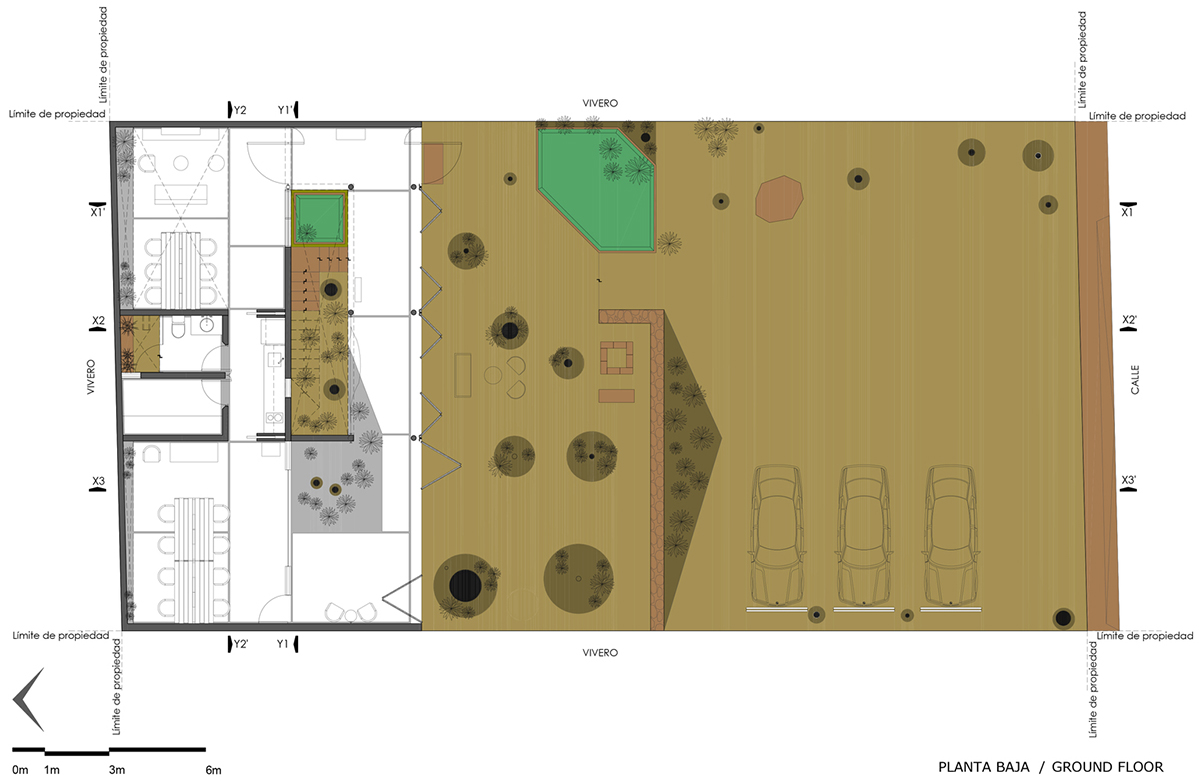
Ground floor plan
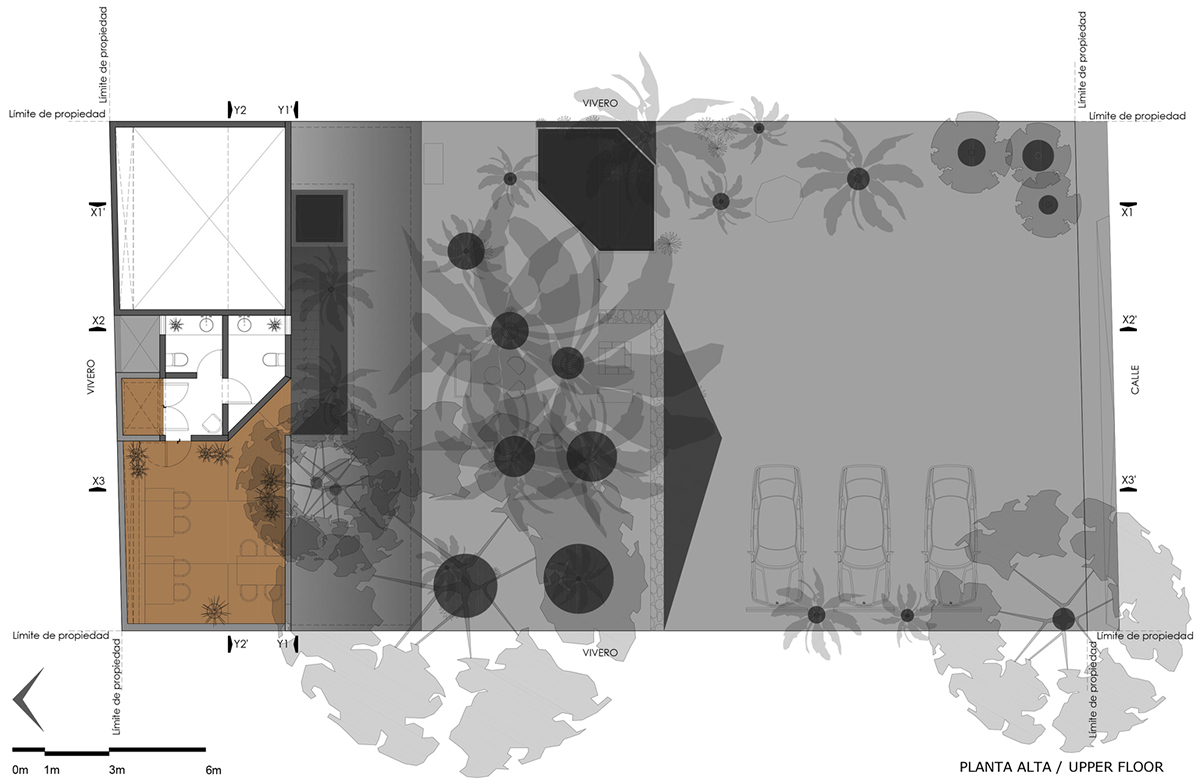
First floor plan
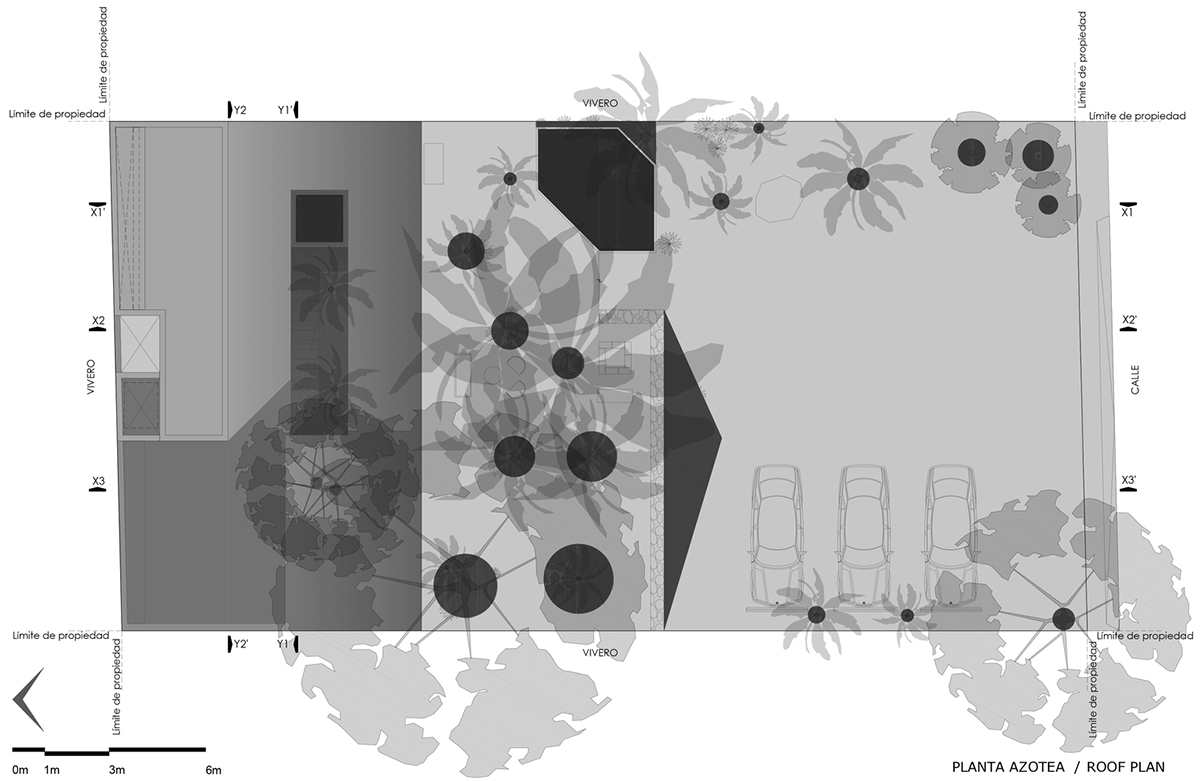
Roof plan
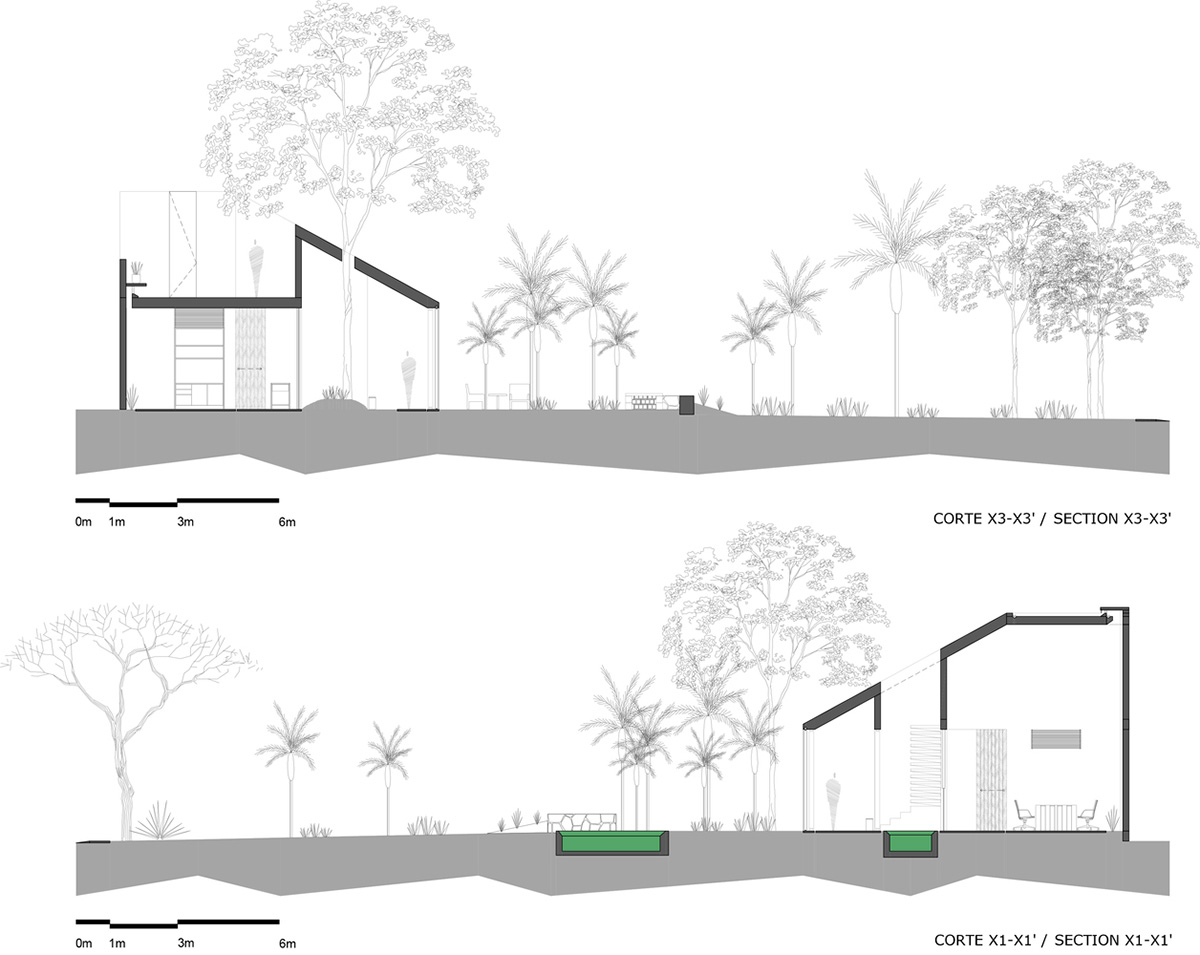
Longitudinal sections
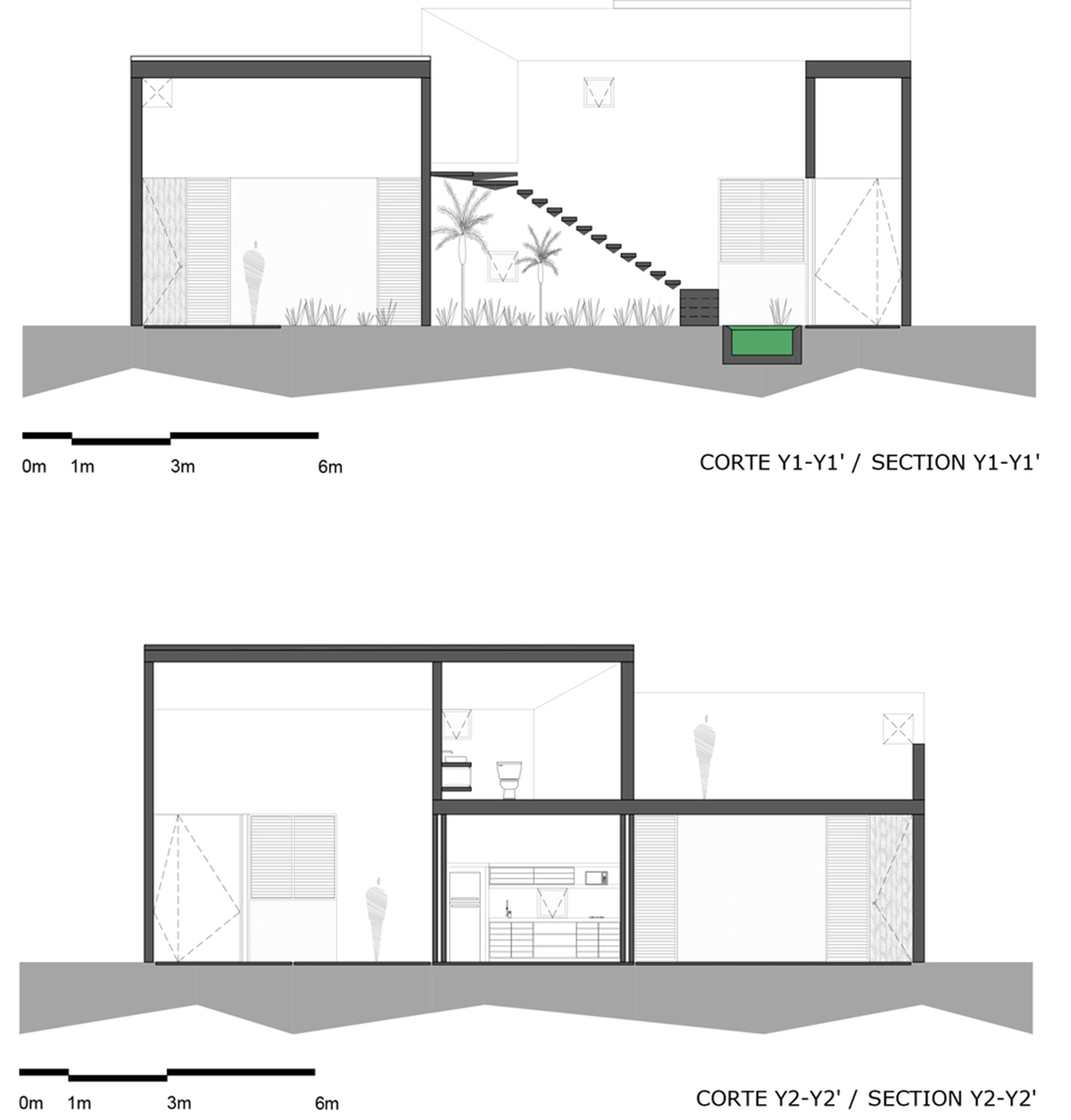
Transversal sections

All images © Leo Espinosa
> via TACO
